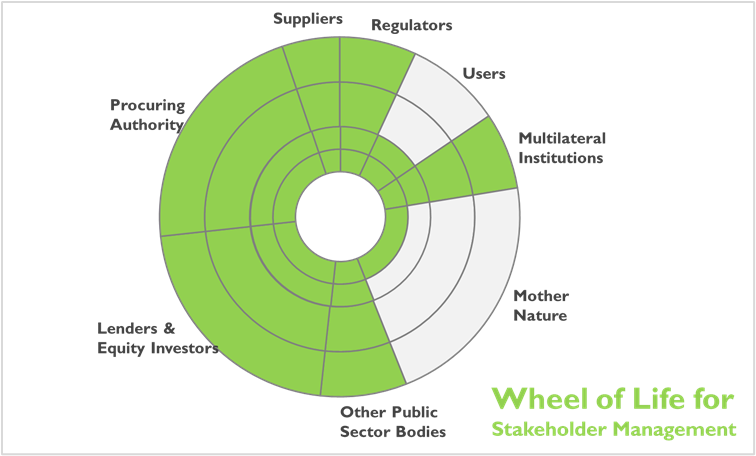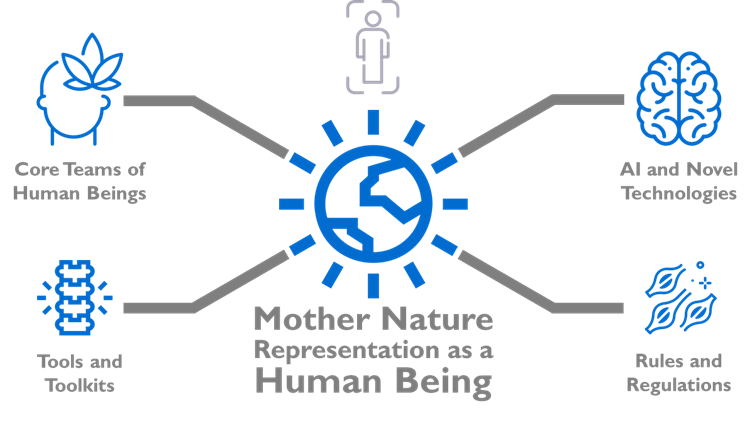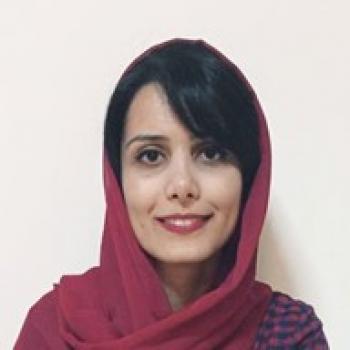
Stakeholders are described as ‘those groups and individuals who can affect, or are affected by the achievement of an organization’s (project’s) purpose’. This definition vividly limits stakeholders to human beings. Therefore, the natural environment is excluded from the definition even though it is most affected and affects sectors like construction or infrastructures. By externalizing and alienating the Mother Nature we close our eyes on what is ahead for she might be silent now but as steady as she goes, she will eventually outburst and deprive us of what she has while subtly taking our lives away from us! We might be disregarding her rights to speak for herself through strict definitions and clauses we have structured. Still, she will return the favor by providing us with volatile climate conditions, storms, floods, and droughts, causing us not only to lose environmental resources but also valuable lives now and in the future. You might find this writing a bit cynical, but Mother Nature is tired of our neutrality and taking the high road that leads to passive actions.
Why we need balanced stakeholder management
One thing coronavirus has taught us this far is that we all need to be seated at the table to be able to move forward effectively and gracefully to protect ourselves and humanity from unexpected future uncertainties. If we were to reimagine the wheel of life for stakeholder management, each part of the wheel could be assigned to a stakeholder. At the same time, their share is determined by their level of power and interest, and every loop of the wheel could be the steps of stakeholder management. In that case, we can see how flawed the omission of environment can be even if we could fulfill other stakeholders’ wishes to the max. As a result, the broken wheel of decision-making will not be moving as smoothly as we hope to. Thus, we need a balanced stakeholder management that involves and considers Mother Nature as one of its key stakeholders since she has both power and interest at higher levels.

Any business and activity, including construction and infrastructure, lead to two types of costs: direct costs and external costs. The former should be paid for acquiring inputs -like land, labor, etc.- and processing the inputs to desirable outputs. This is the only cost considered in accounting profits. Hence, business managers are reluctant to pay any non-direct costs and attempt to impose them on other sharing parties, like the environment. The latter, external costs, are those associated with the harmful consequences borne by others (i.e., environment and society). The fact that we call them externalities speaks volumes about how we perceive our surrounding environment that encompasses our activities. Bob Willard argues that Mother Nature is our holding company, and if she goes broke, we will too. We call these cost externalities while they are deeply internalized within our business plans.
Mother Nature as a human stakeholder
When looking closely, we realize that the level of influence and ability to impact resources by Mother Nature is at its highest, and thus she becomes a key stakeholder. If Mother Nature was to be treated appropriately as a key stakeholder, there must be guidelines aligned with stakeholder management procedures undertaken for other stakeholders. A stakeholder management plan is used for “planning the engagement of stakeholders, developing strategies to reduce or eliminate resistance, and creating strategies to increase support and buy-in”. Therefore, the inclusion of Mother Nature in our stakeholder management plan comes down to convincing her that the proposed project is, at the least, not harmful for her. If we suppose that stakeholder identification is done and we have her as our key project stakeholder, there are challenges in analyzing her needs and expectations. The identification, consideration and involvement of necessary activities into the stakeholder management plan as well as considering time and costs added to the management plans while translating these actions into monetary values are among these challenges. Furthermore, there needs to be a mechanism in place to identify responsible parties for implementing these activities and their associated risks.
Now that we know the answers to who, why, and when (of course, the sooner, the better), we need to figure out the what and how. We believe giving back Mother Nature her crucial role is not that simple of a task and requires reinvigorating her as a human being by defining her body and soul. Inspired from the idea of socio-technical systems perspective on climate-affected infrastructures proposed in a recent knowledge module developed by the Global Center on Adaptation (GCA) in September 2021, “Climate-Resilient Infrastructure Officer Handbook”, her soul can be represented by a core team of specialist human beings to be seated at her table speaking her mind. However, defining her soul is not sufficient to empower Mother Nature as a human being and we should also think of her bones, muscles, and brain.

Tools and toolkits can be viewed as the ‘backbone’ for her existence, holding the structure of her body. For example, governments can utilize SOURCE in the initial stages of defining and developing, and managing PPP projects to facilitate early involvement of environmental issues through sector-specific sets of questions, ensuring well-prepared projects in a consistent and transparent way to the international community of contractors, investors, and lenders. Another tool recently developed by the Inter-American Development Bank, “Toolkit for Climate Resilient Infrastructure PPP” can also be viewed as the bones and joints that provide the flexibility to move and yet be stable in the movement. This tool can enable integration of climate risk mitigation, as well as utilizing opportunities to improve resilience through different stages of project lifecycle including project identification, business case, transaction structuring, and contract management.
On the other hand, climate-resilience rules and regulations can be thought of as the ‘muscles’ of Mother Nature’s body that help her move ahead smoothly and correctly. In that, transparency and proper governance can be thought of as an essential moving environment. These rules and regulations enable practitioners to prepare for when she is going to act out (climate change) through the integration of climate change considerations into PPP processes and advocate the utilization of proper tools and techniques.
However, these efforts might still not be enough in giving her a soul and a voice of her own and this is where Artificial Intelligence (AI) tools and methodologies come to the rescue, as her ‘brain’. We would like to leave it to your imagination about the paradigm shift in the infrastructure domain by AI and other novel technologies in the future.




